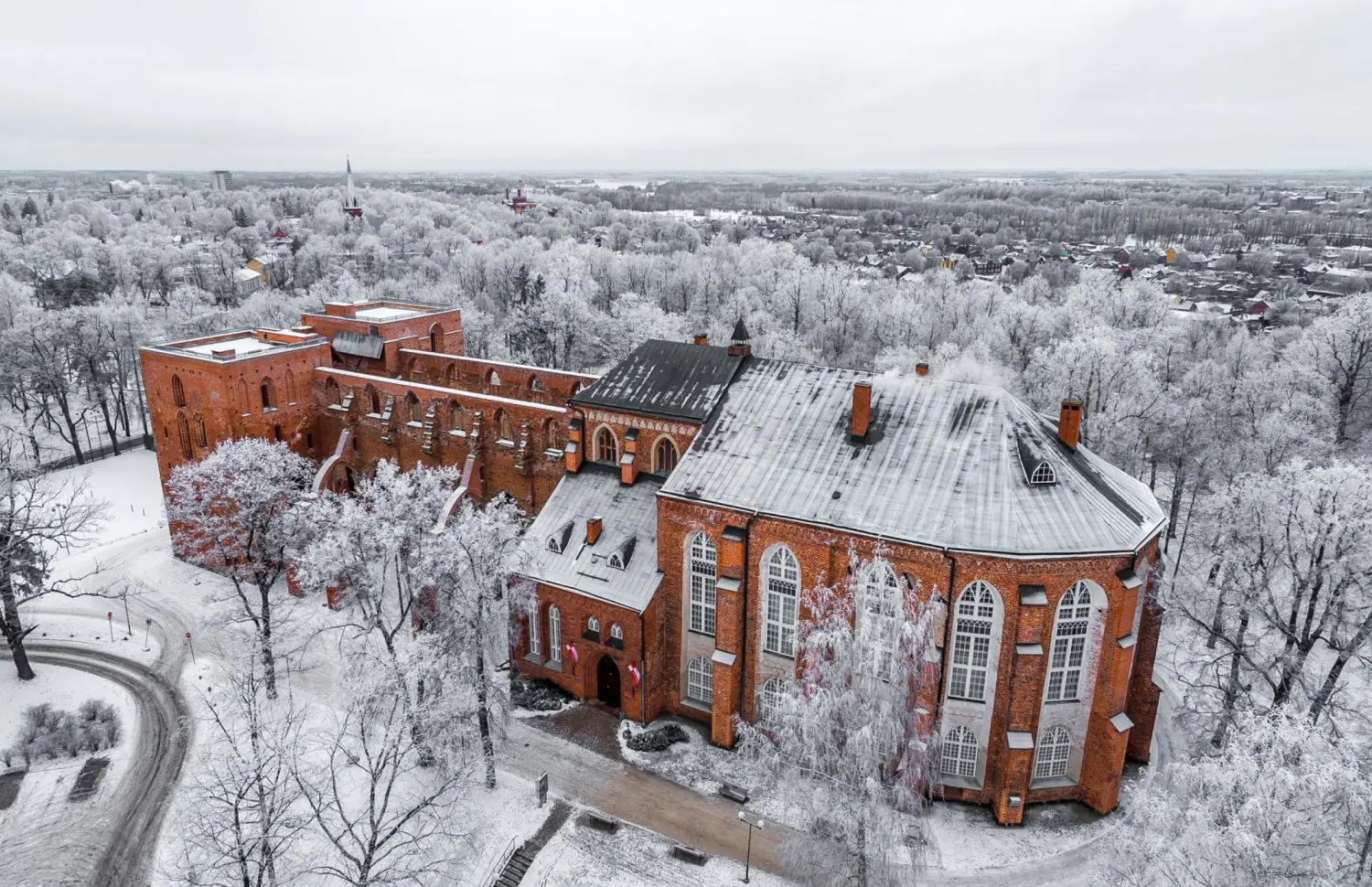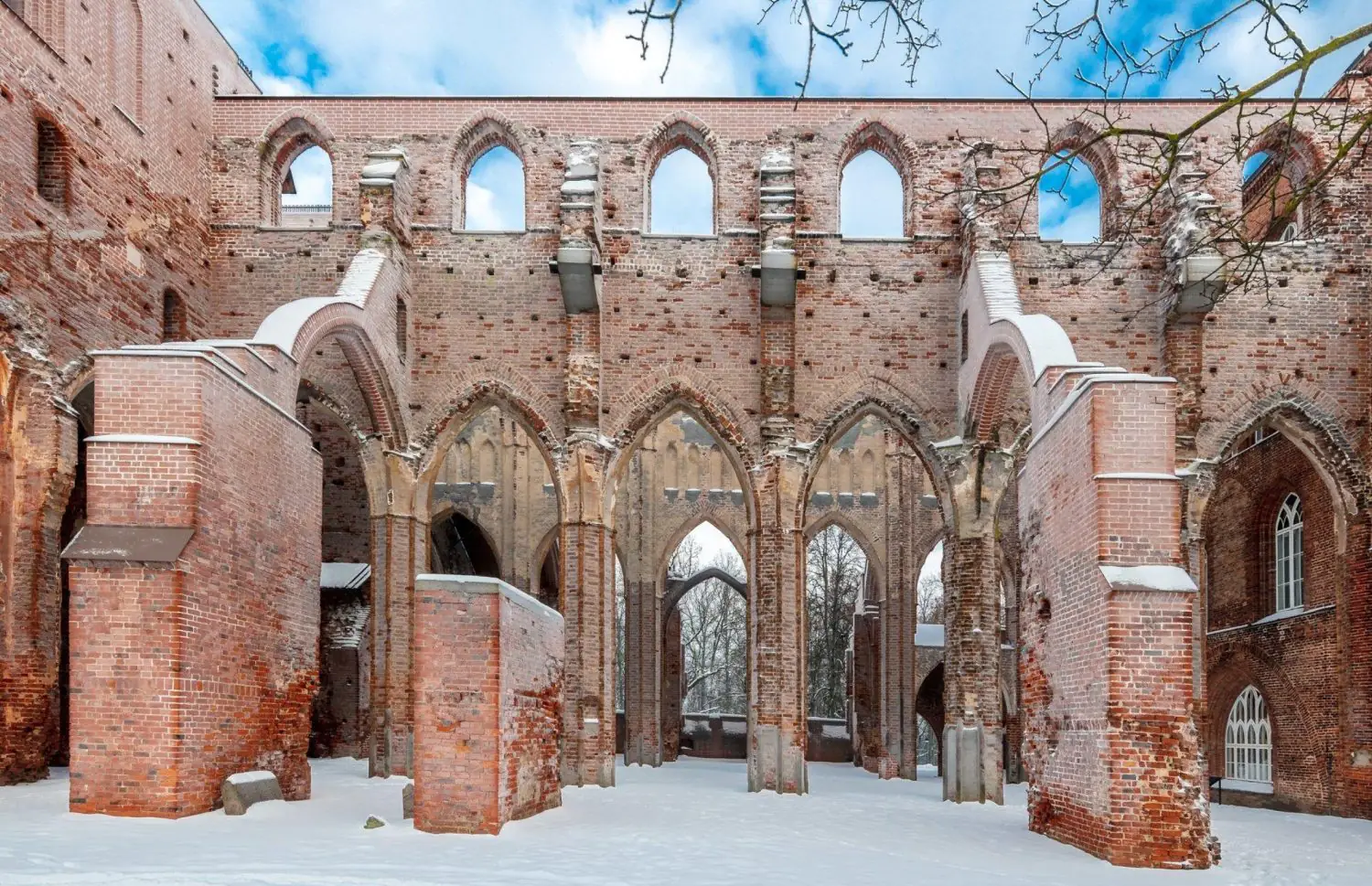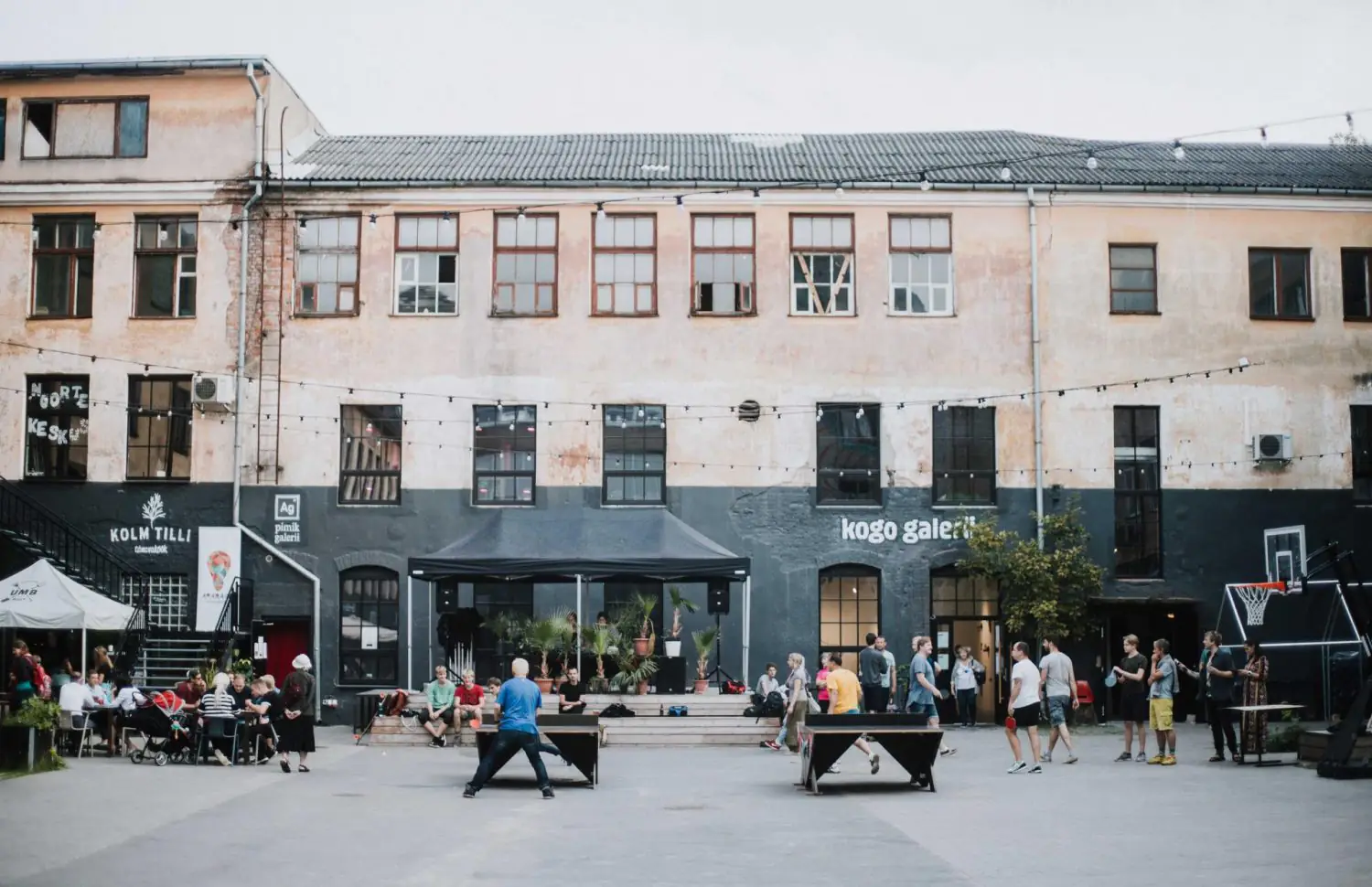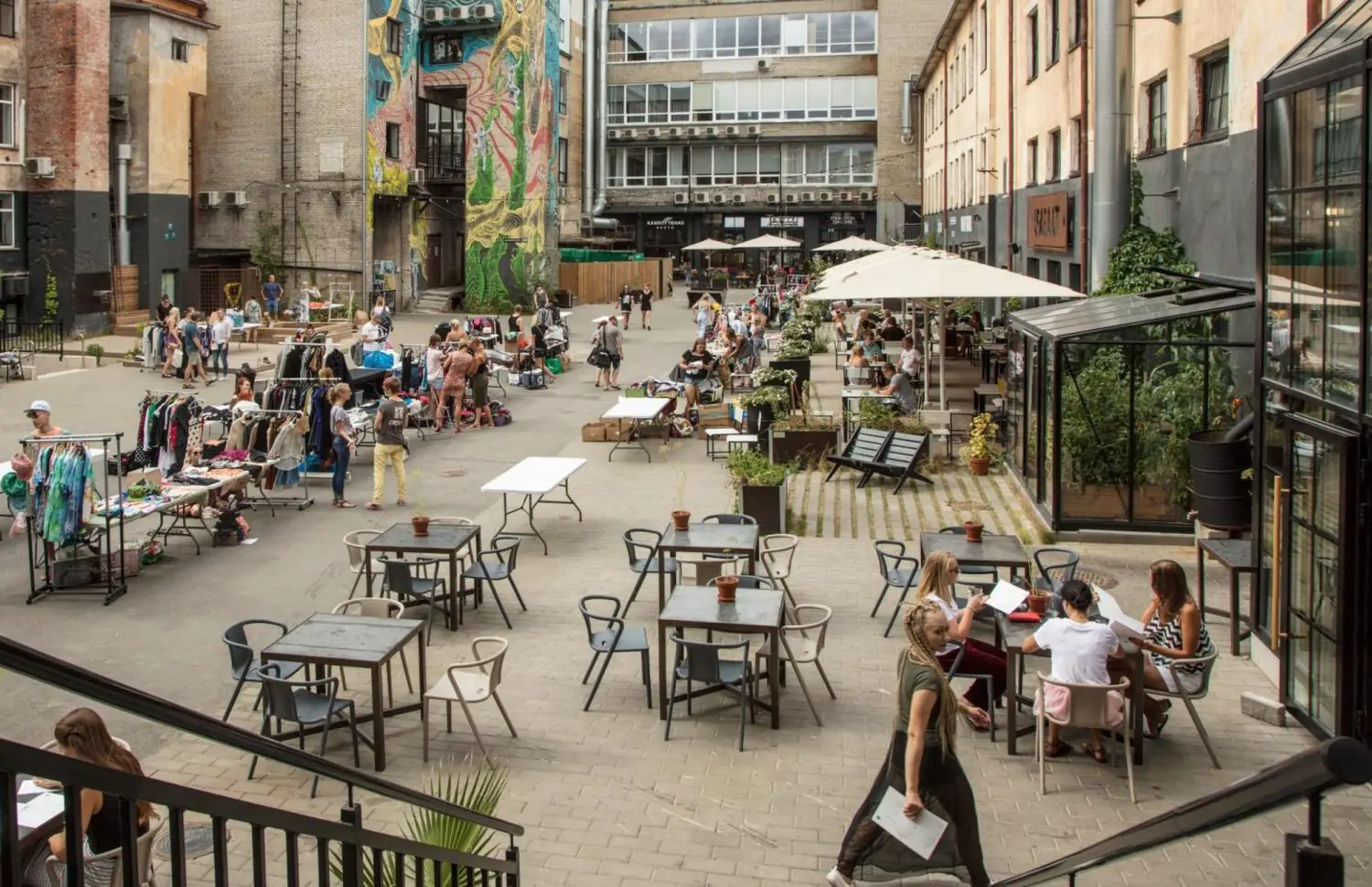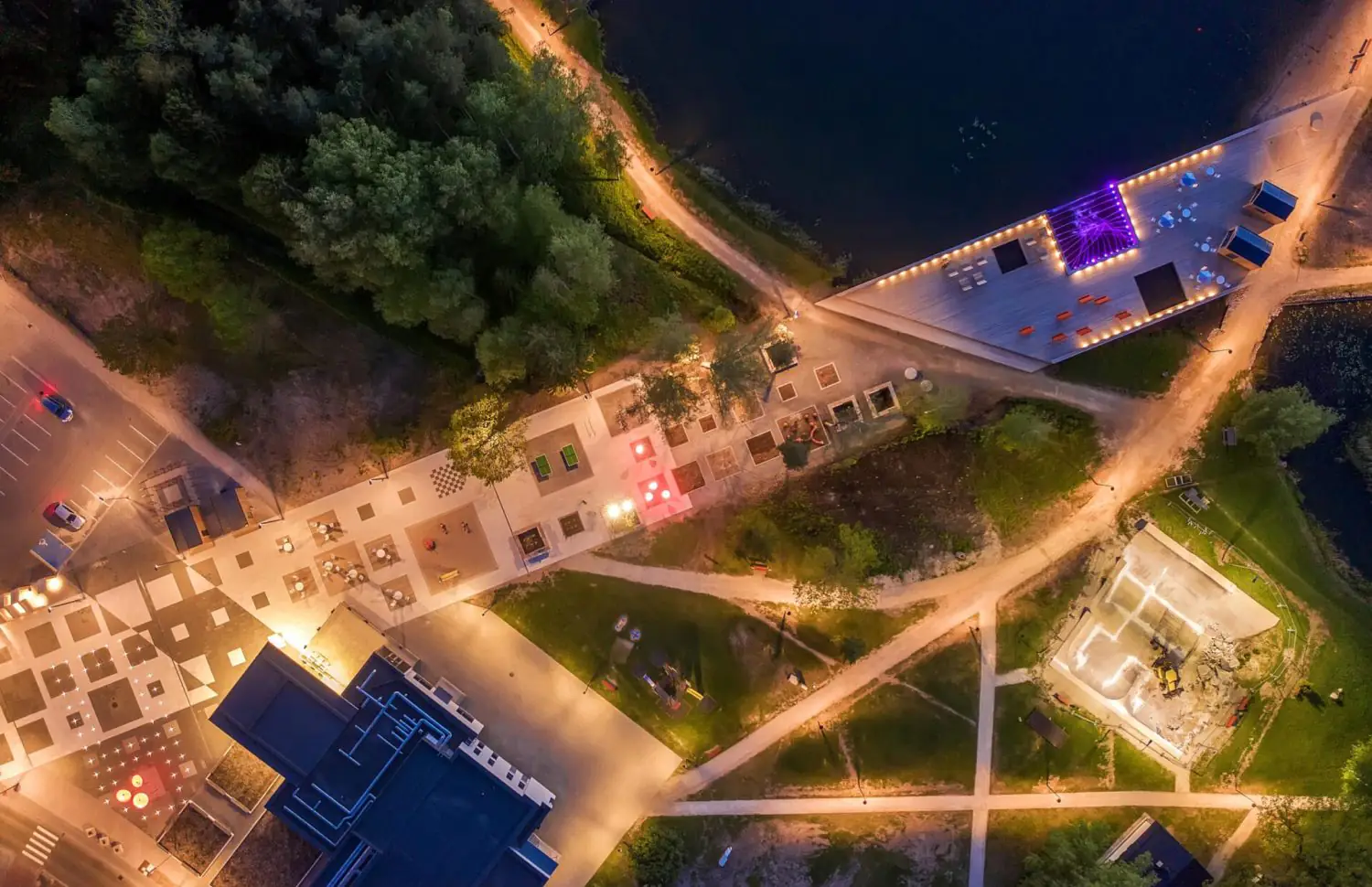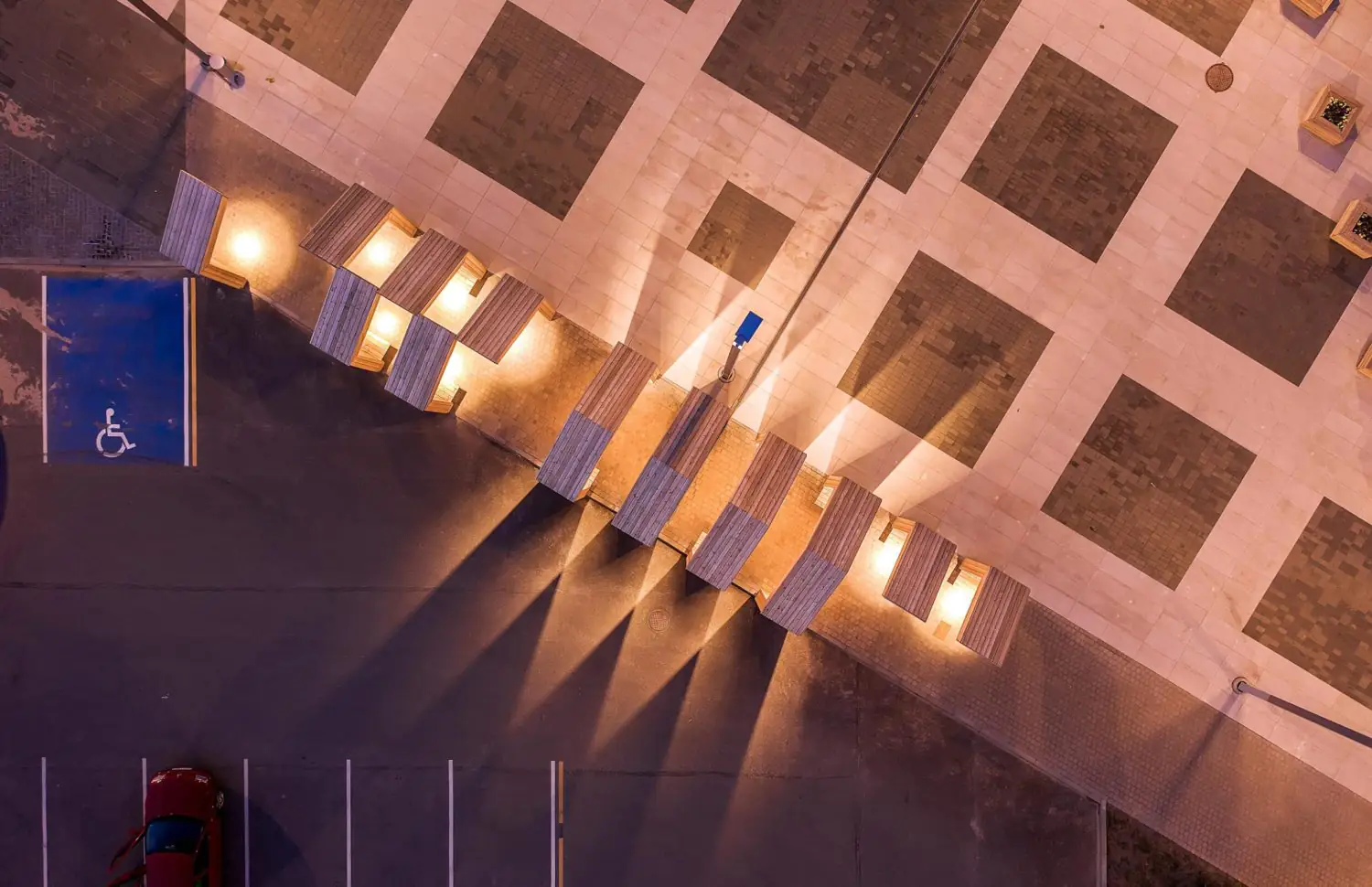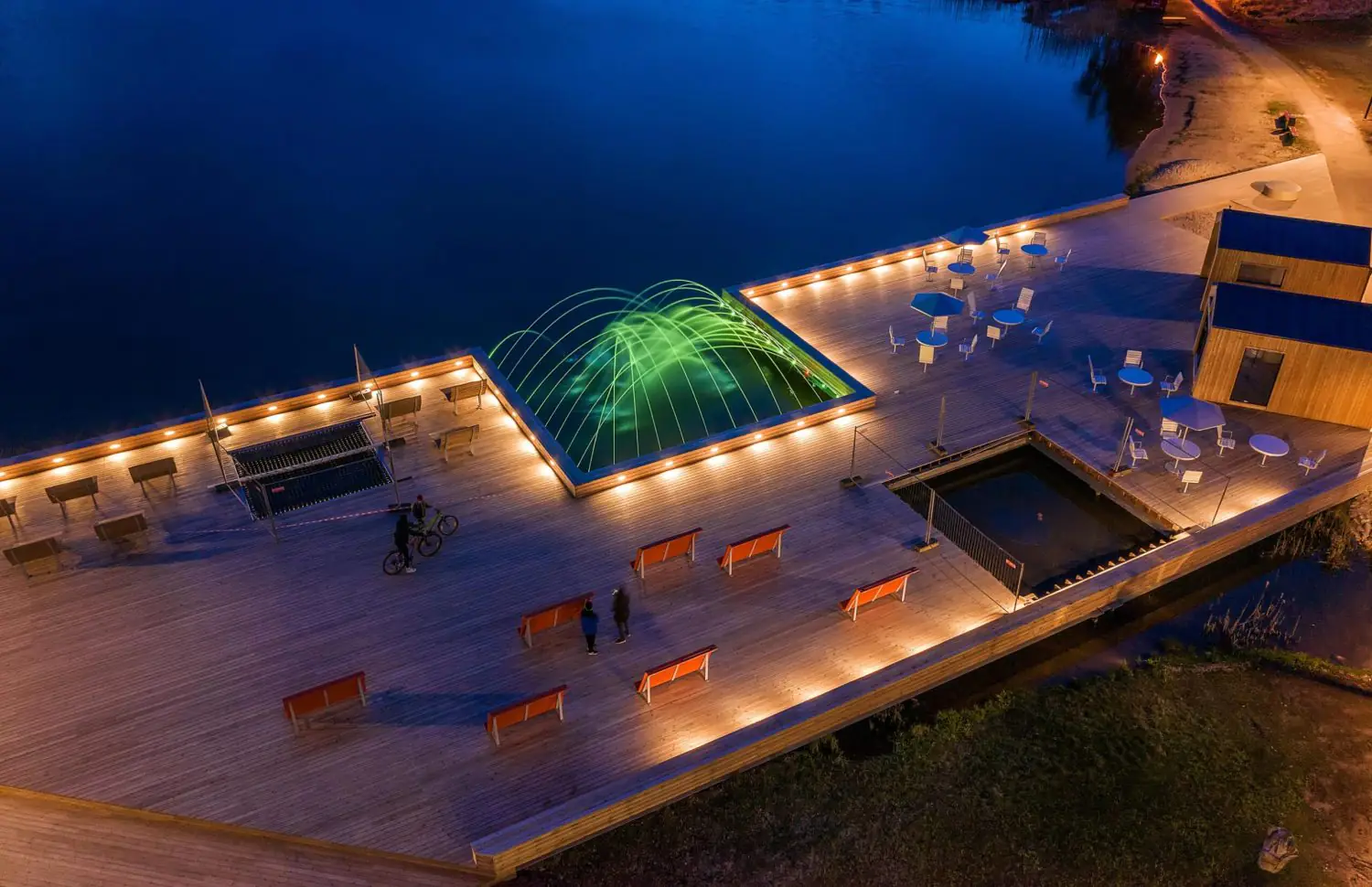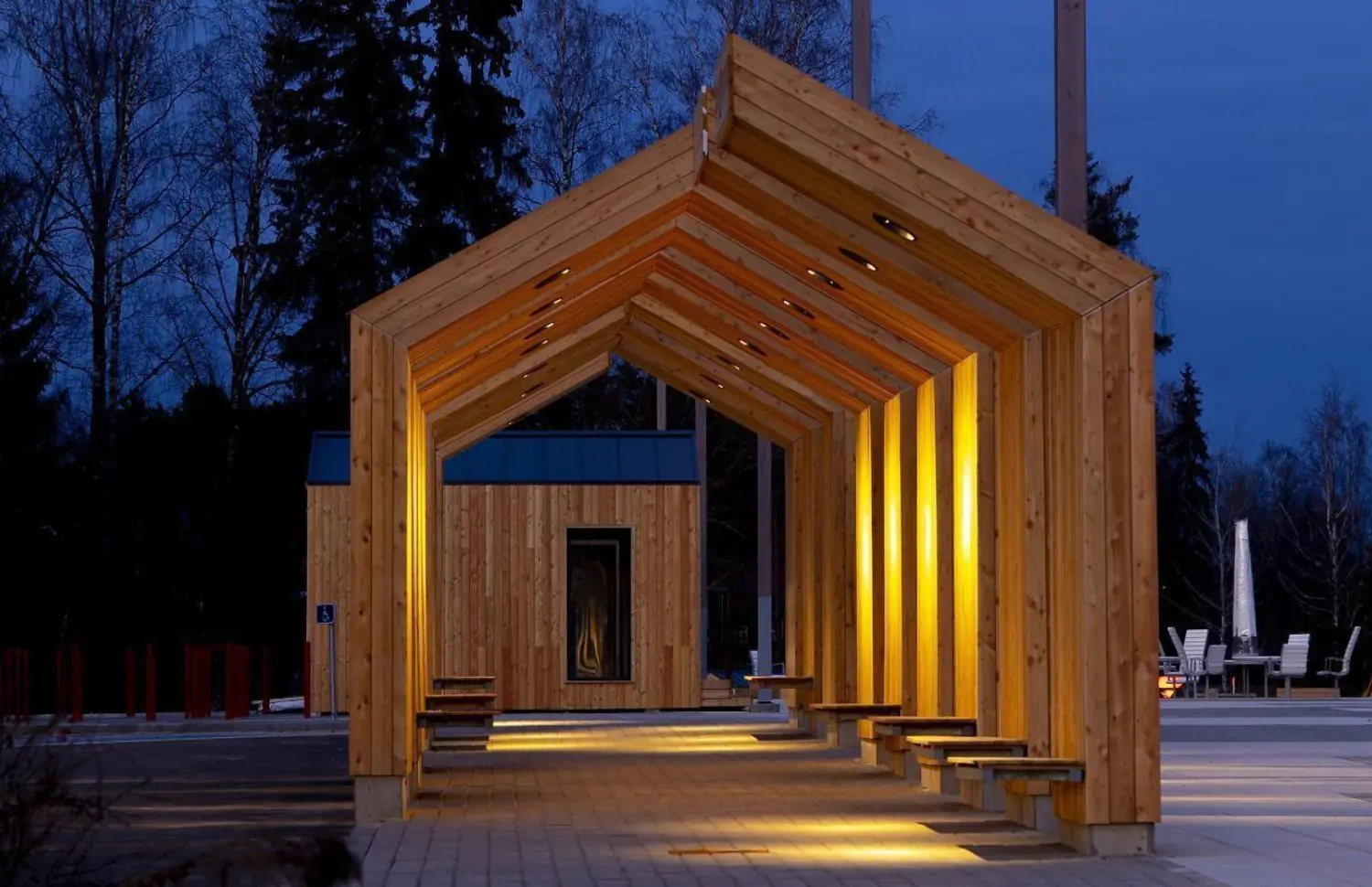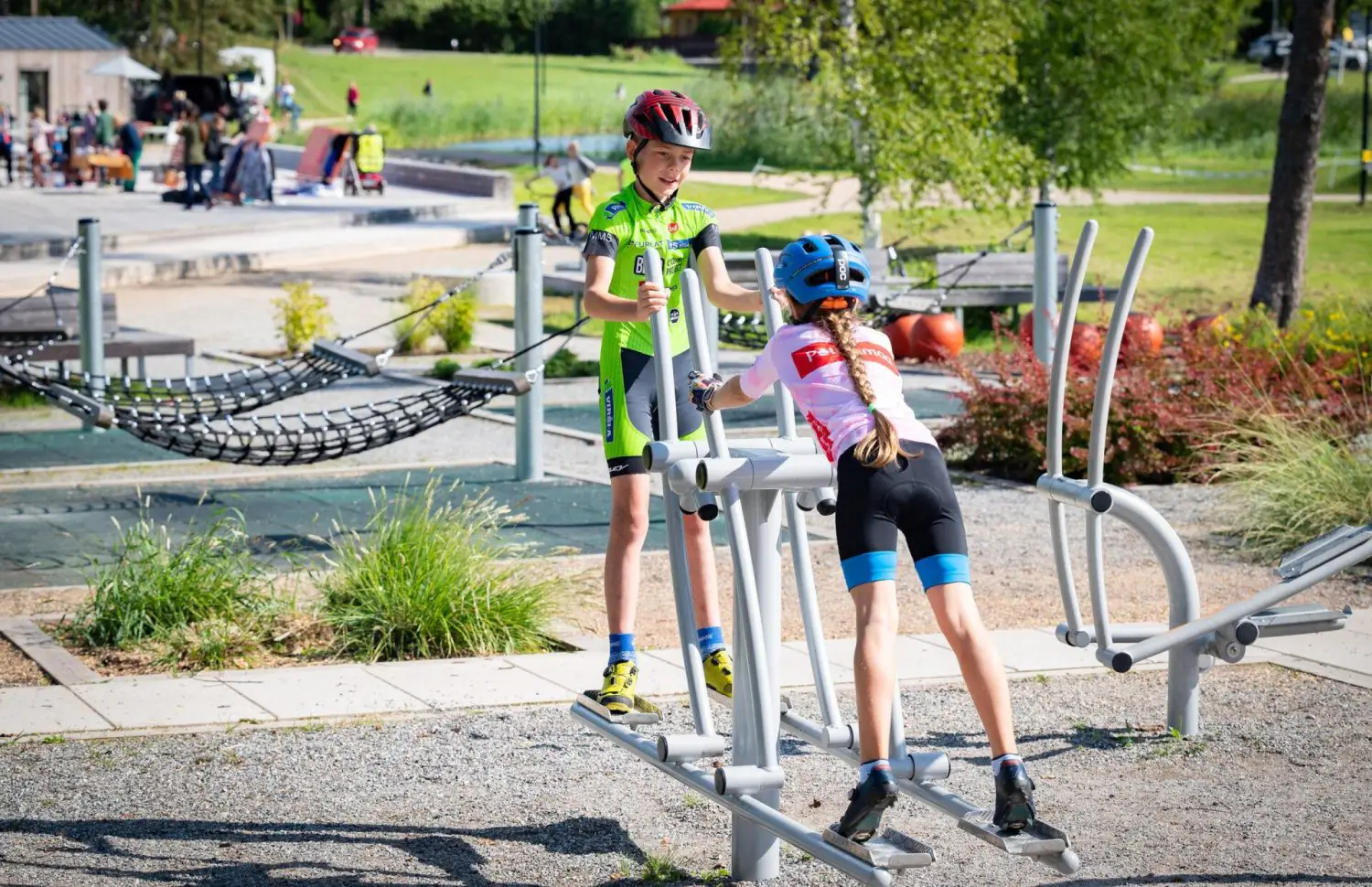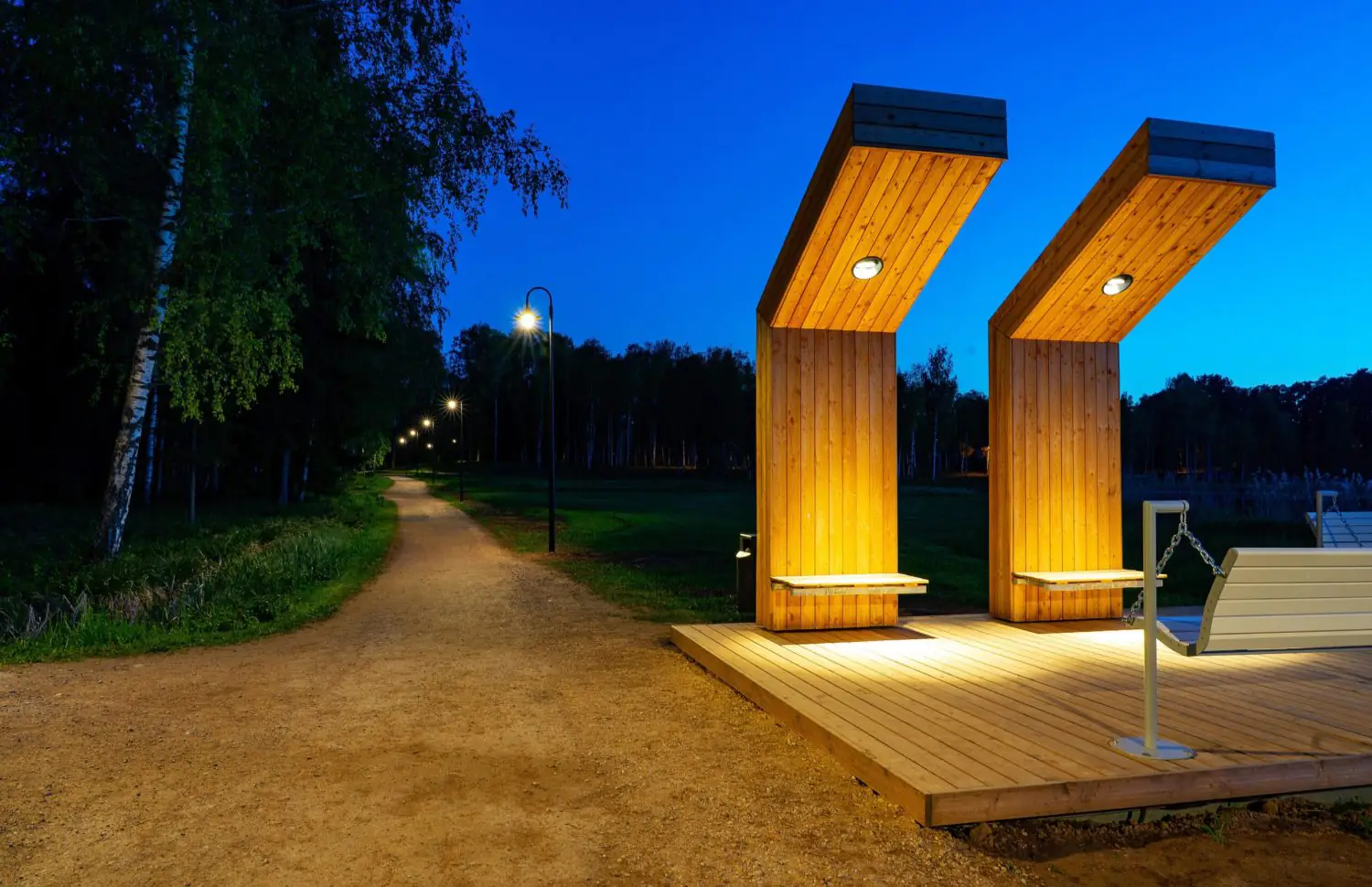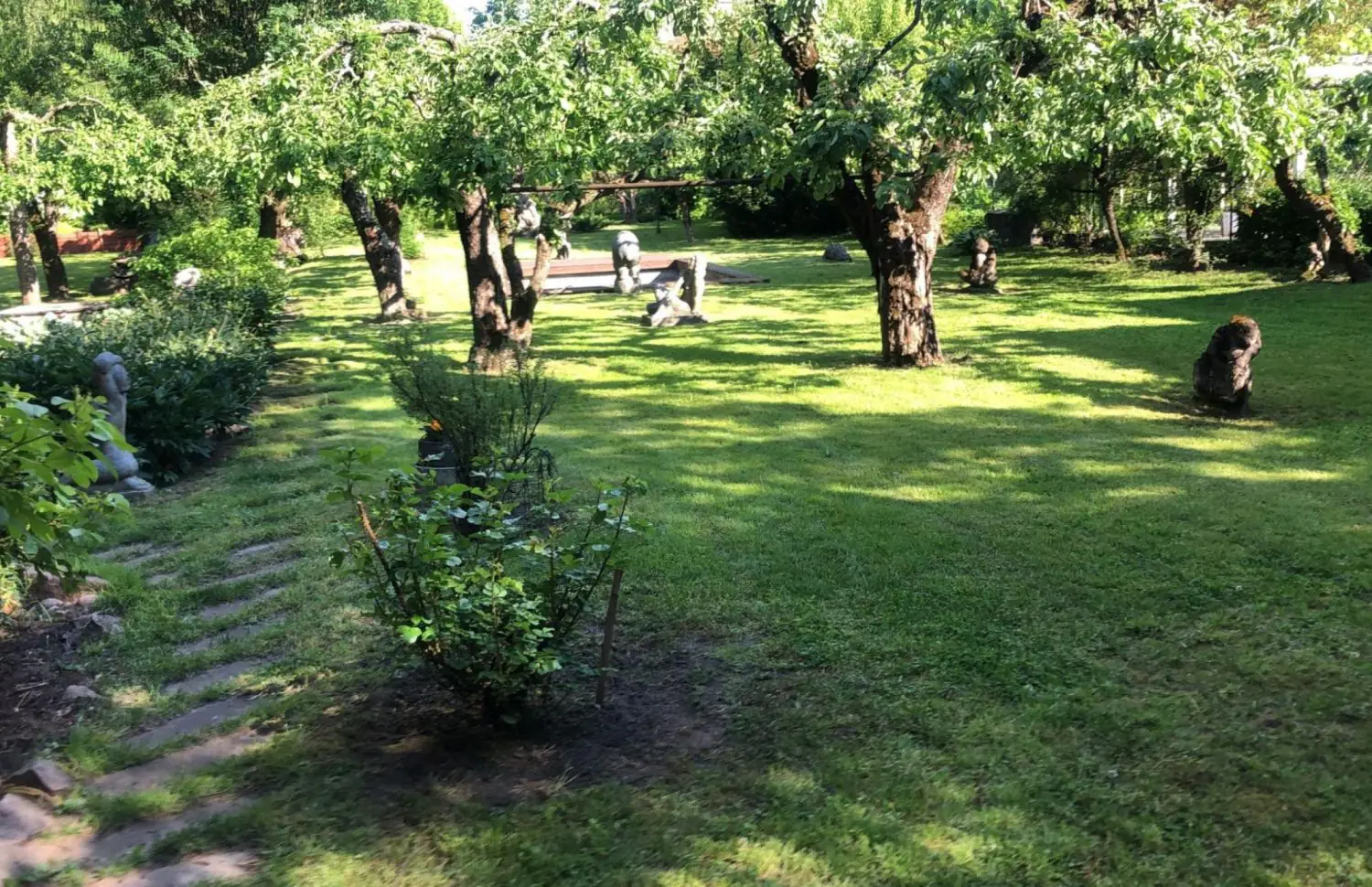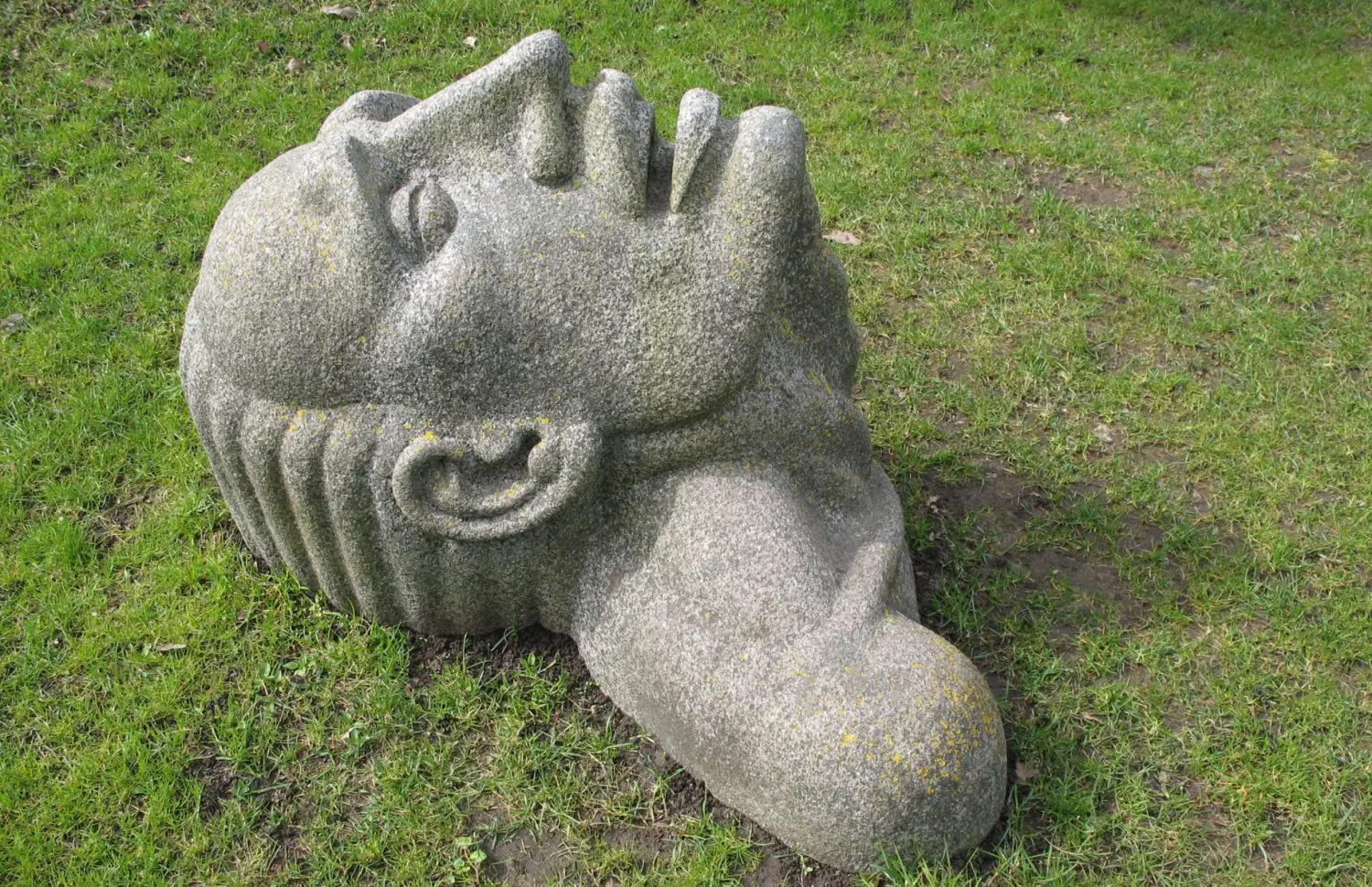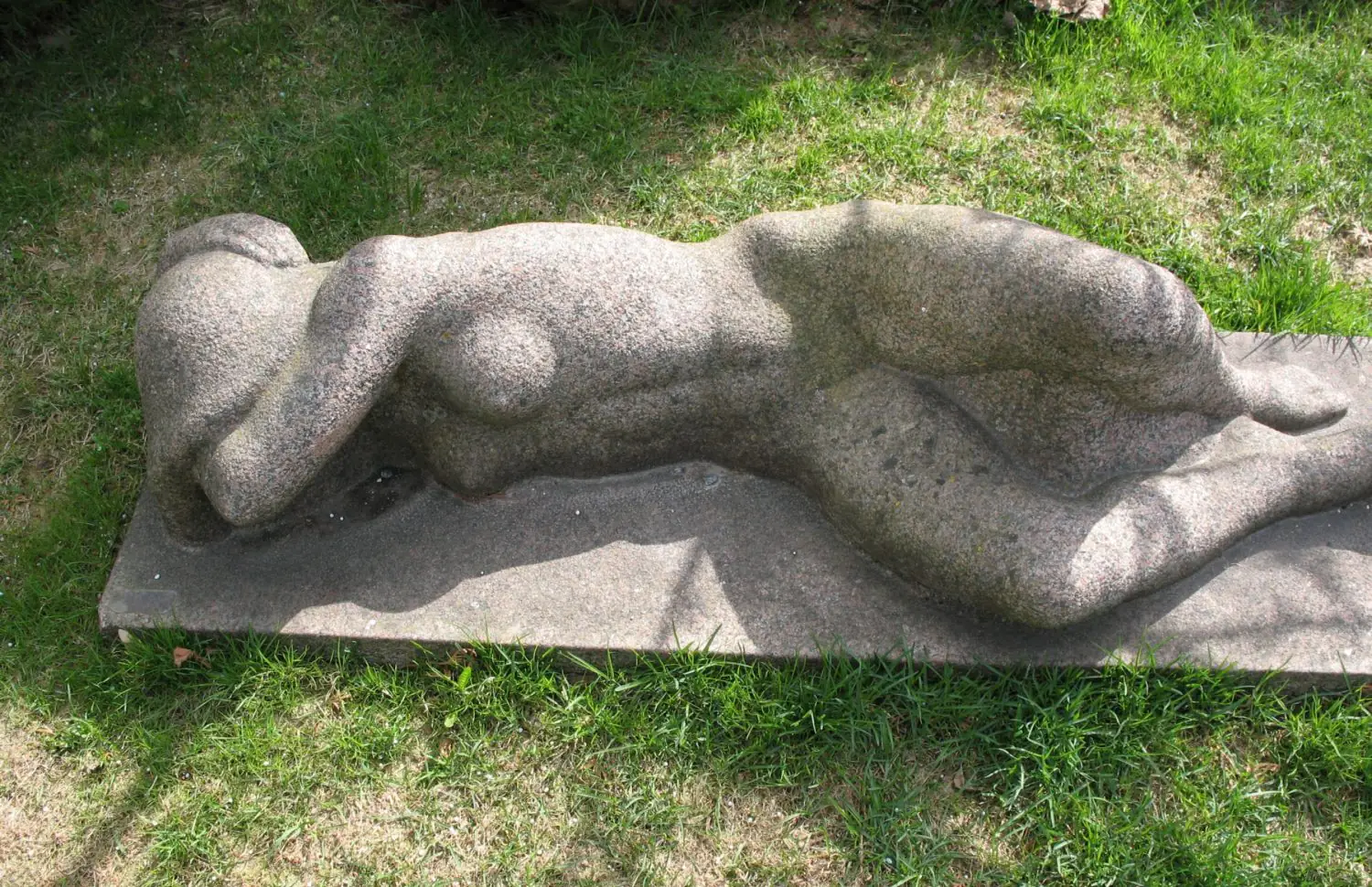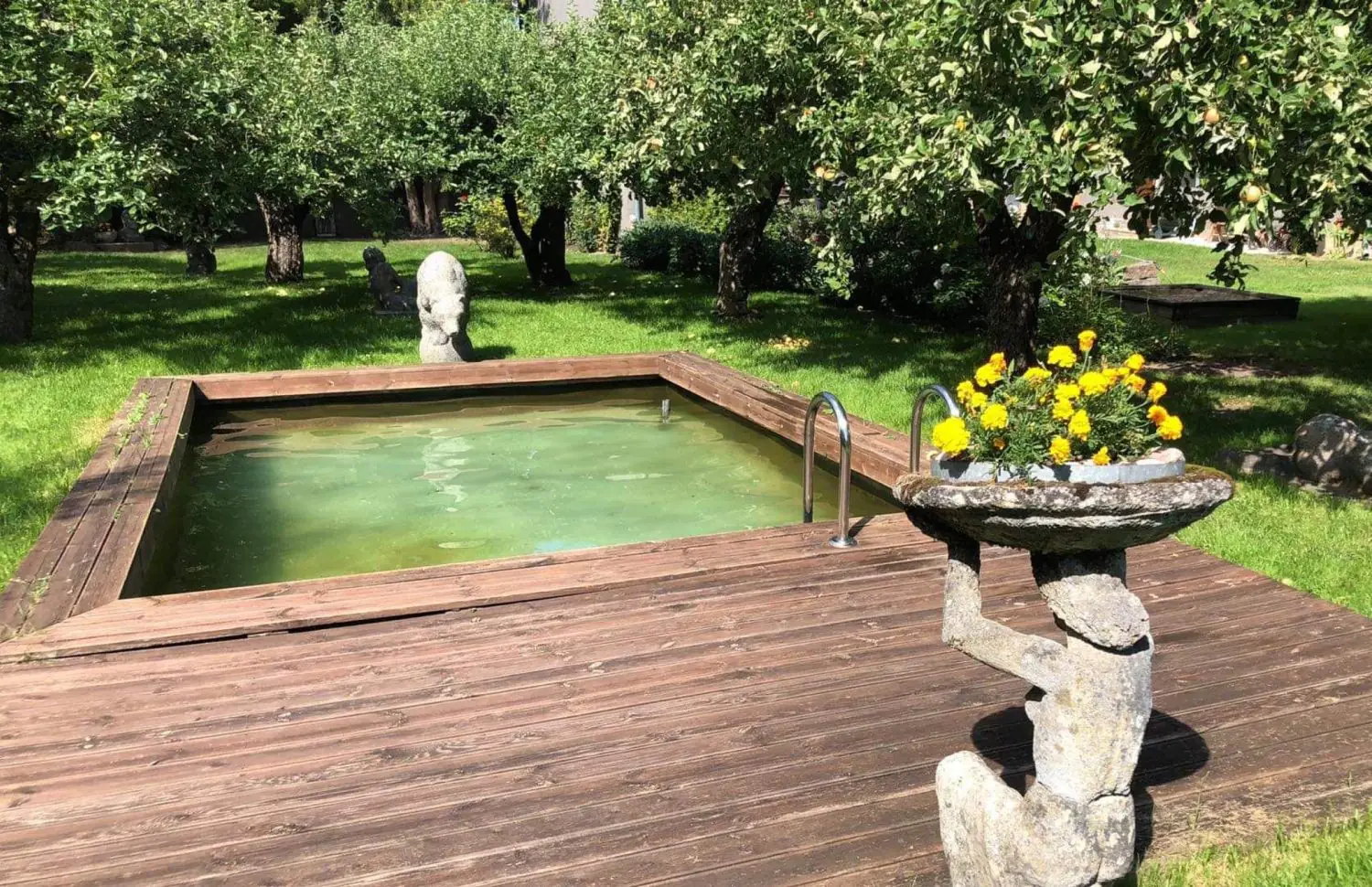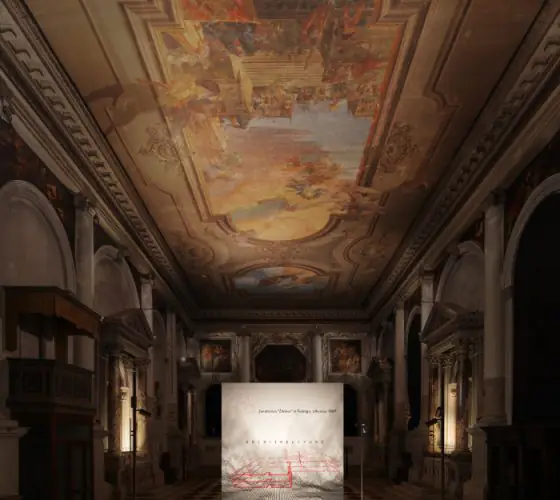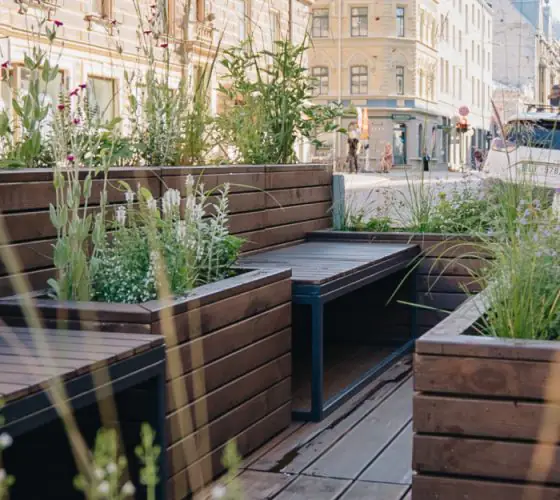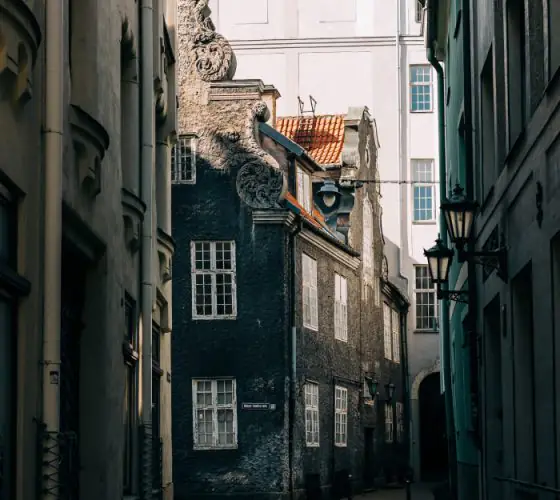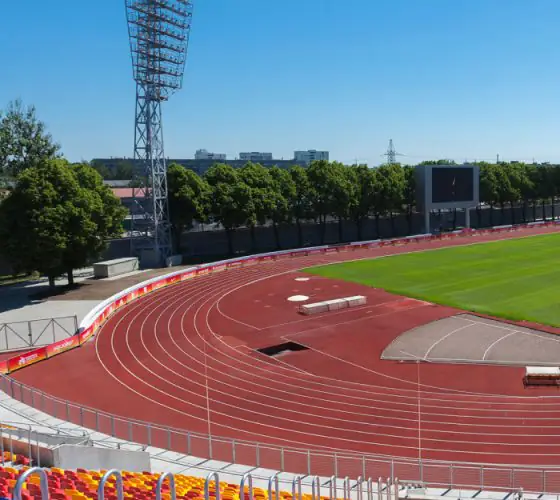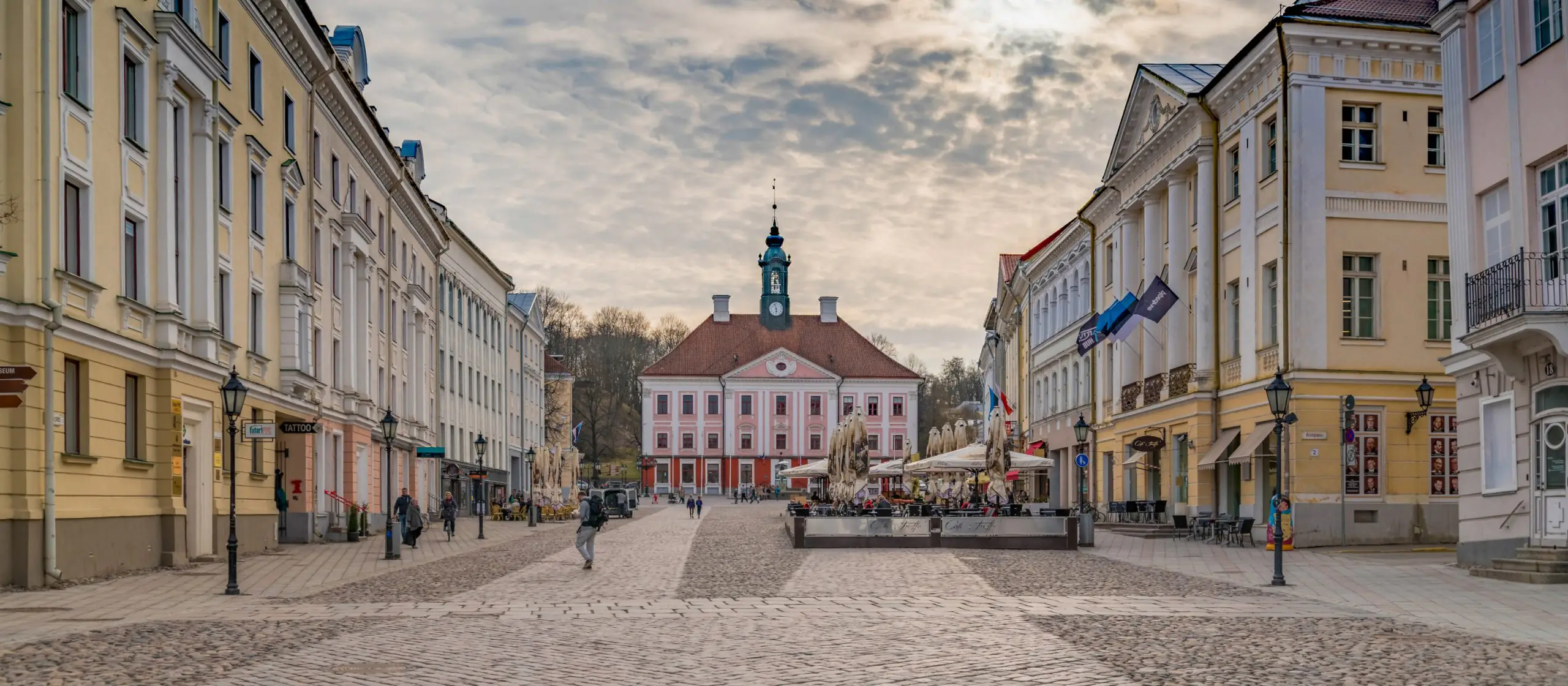
adobestock.com
The status of “European Capital of Culture” is awarded annually to a few cities: one major city and several smaller ones. In addition to Tartu, the list now includes Budø in Norway and Bad Ischl in Austria. In 2027, Latvia’s Liepaja will be the Capital of Culture.
The European Capital of Culture initiative was launched by the Council of Europe in 1985. Its aim is to draw attention to the cultural diversity of the European continent and to make small and unpopular cities more attractive to tourists, locals and investors. Additional funding and attention usually allows a city to significantly improve the state of its cultural spaces. For example, the famous House of Music in Porto, Portugal, designed by the world-famous Dutch firm OMA, was created in this way (see our article about it).
One of the main goals of the festival in Tartu is to attract one million tourists to the city by the end of the year. The city has already been included in National Geographic’s cool list for 2024: a guide for the most interesting tourist destinations.
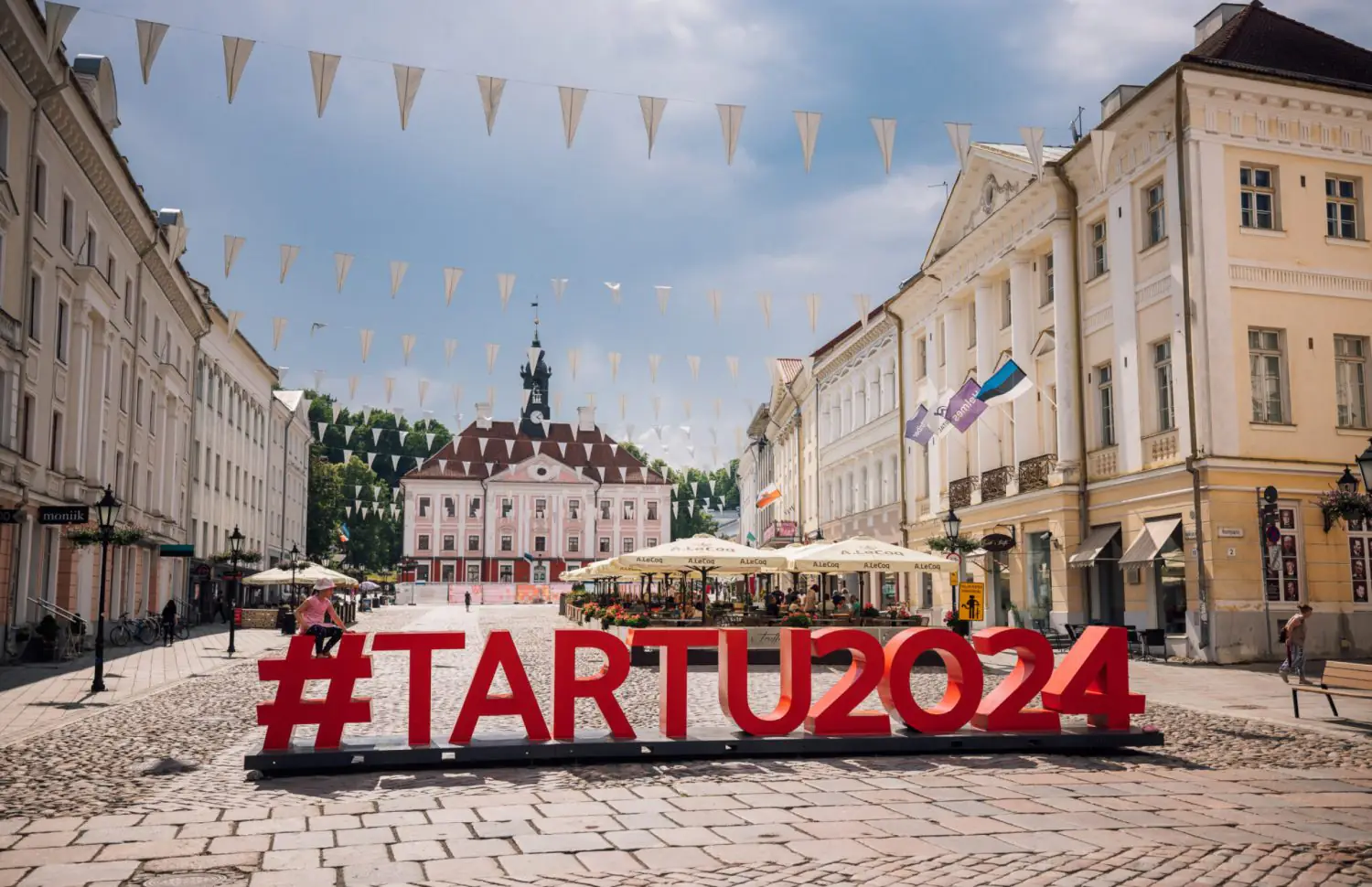
alecoq.ee
Things to Know about the Festival in Tartu
The festival runs throughout the year and includes both paid and free events. It has 6,900 participants: painters, sculptors, architects and other creative people. In addition, 218 volunteers are involved in the preparation and organization.
Festival Concept & Themes
The overall concept of the cultural program in Tartu is “Arts of Survival”. It focuses on three aspects that influence the arts and the future of Europe: strong communities, survival skills and a green agenda (a guide to sustainable events is already available on the website).
Locations & Accommodation
The festival events take place in and around Tartu itself in the Southern Estonia region. Valga, Viljandi, Võru, Põlva and other towns will take part (for a complete list of locations and guides to each area, click here). The festival website also lists places to eat, have fun and stay overnight. Among the accommodation options are castles, holiday homes and lofts. It is better to book in advance.
Events
The festival includes more than 1,000 events for people of all ages, including a separate youth program. They range in duration from one day to several months, as in the case of some major exhibitions.
Below are seven events of interest to lovers and professionals in architecture and urbanism.
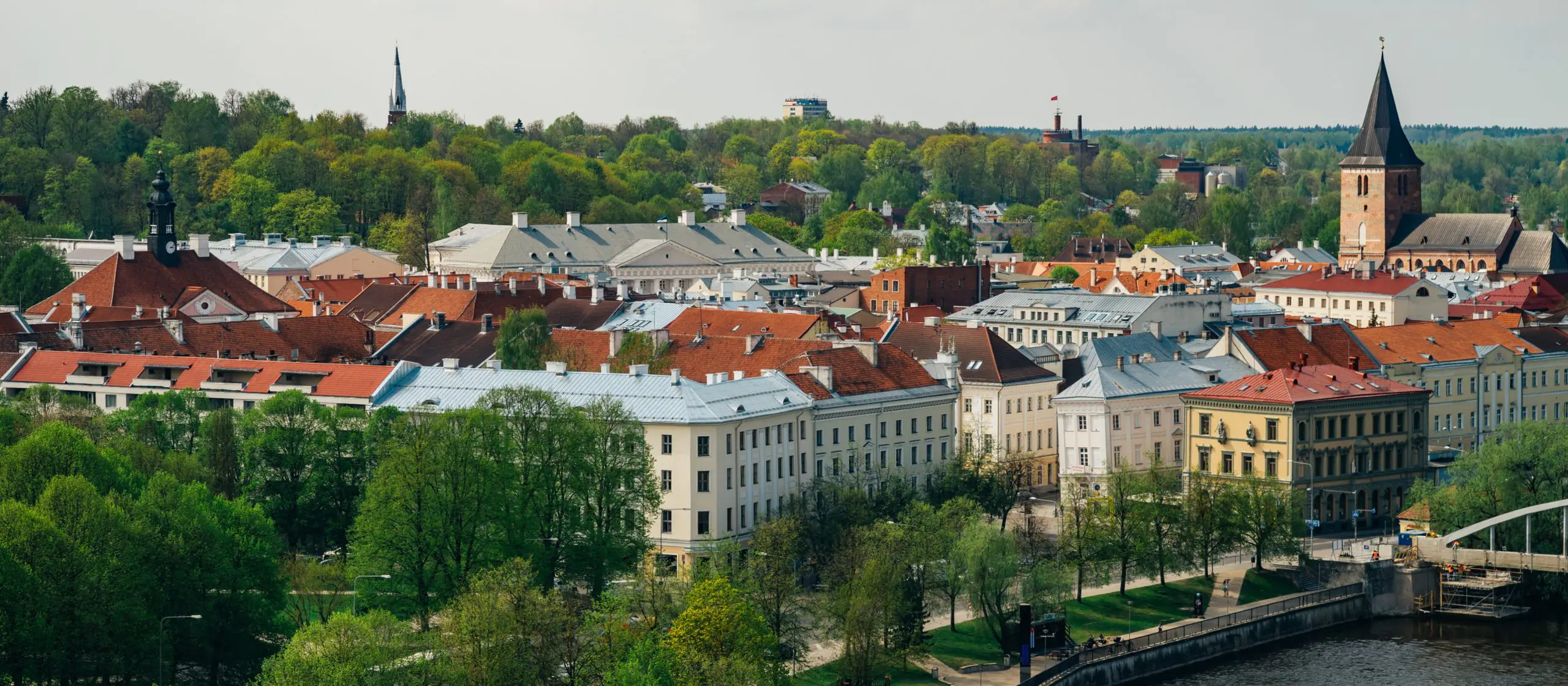
adobestock.com
7 Festival Events for Architecture and City Lovers
Exhibition “Surrealism 100. Prague, Tartu and other stories…”
April 4 — September 8
What: alarge exhibition in one of the main cultural spaces of the Baltics, the National Museum of Estonia.
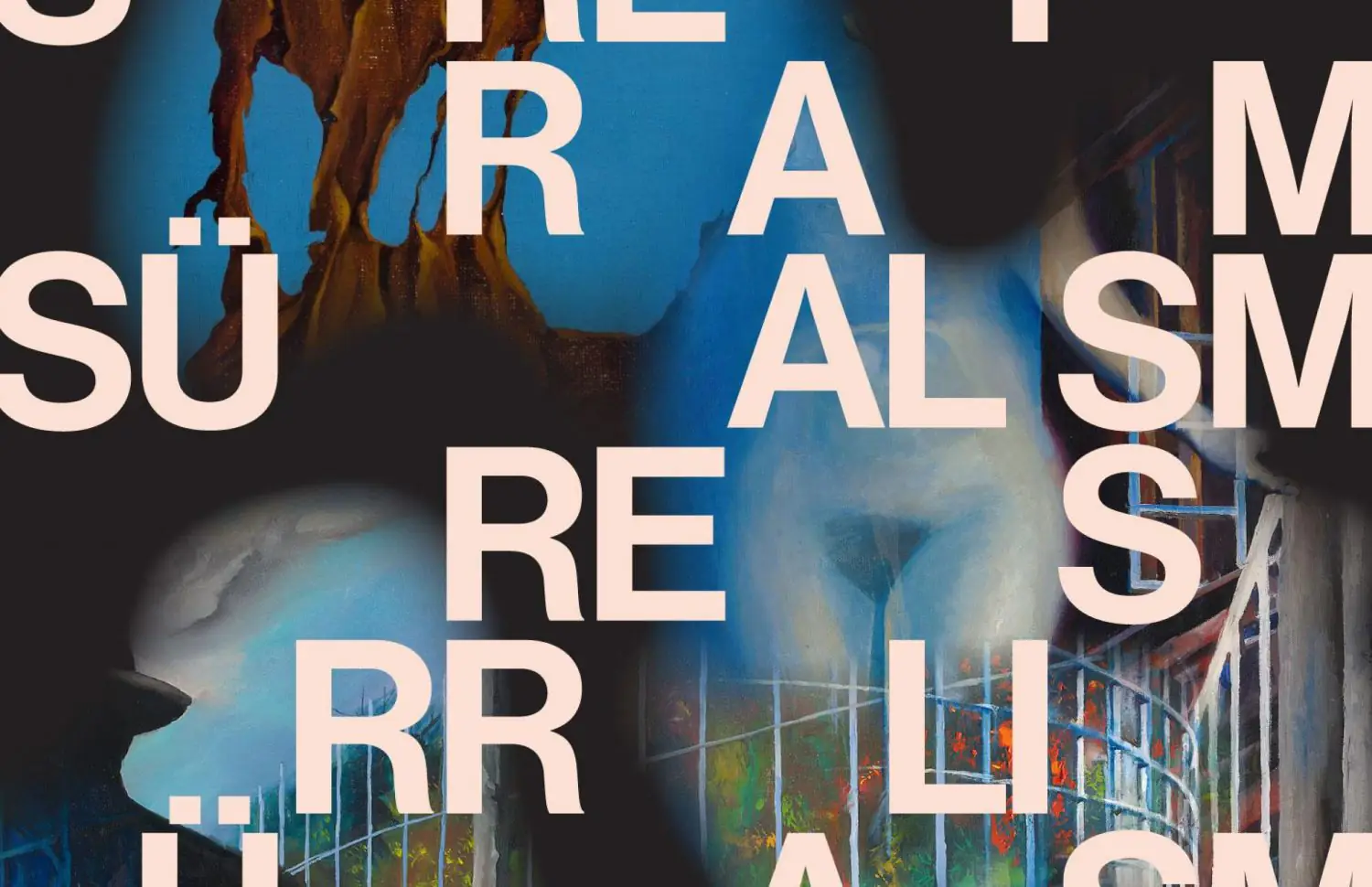
tartu2024.ee
Why you should see it: the theme of the exhibition was chosen for a reason—this year the surrealist movement celebrates its 100th anniversary, and Tartu is considered the capital of surrealism in Estonia. The famous local representatives of this movement created and continue to create here: sculptors Julo Euun and Ilmar Kuusamäe, painters Tiit Päääsuke and Andrius Kasemaa. Their works are combined in the exhibition with works of famous Czech and French surrealists, including Luis Buñuel, Jan Danel and, of course, Salvador Dalí.
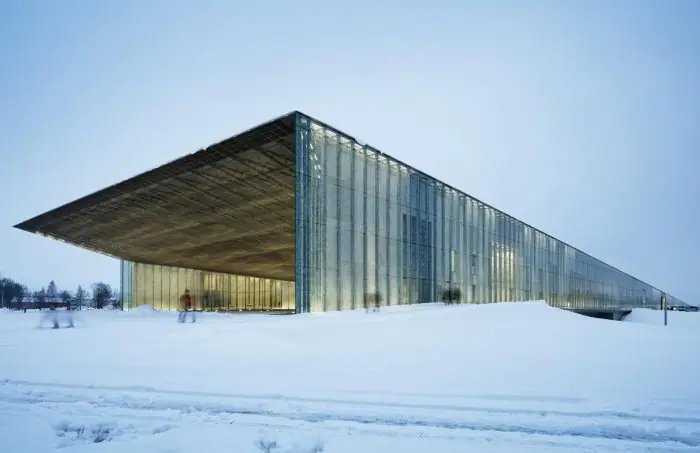
archi.ru
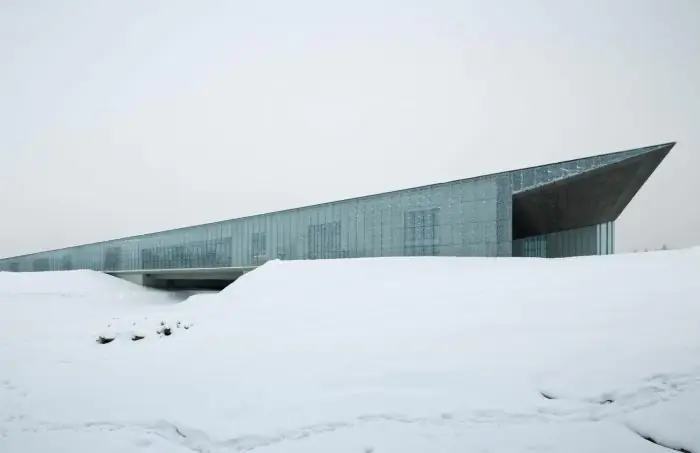
archi.ru
The exhibition will be held in the halls of the Estonian National Museum, the largest cultural building in the Baltic States. It is a rectangular volume 350 meters long with an area of more than 34 thousand square meters. The glass walls are covered by a sloping roof with a large canopy that can be walked on. “Taking off” silhouette and massiveness of the building—a reference to the runway of the old Soviet airfield, which is located nearby—and as if its continuation in another time. The building was designed by the Paris-based architecture firm Studio Dorell and opened in 2016.
Toomemägi Revisited: Lifesaver
May 18 — September 30
What: new lighting design for Tartu’s main church—a сathedral on the picturesque Toomemägi hill.
Why you should see it: Tartu Cathedral is celebrating its 800th anniversary this year. It is the largest medieval church in Estonia and one of the country’s most important religious landmarks. According to the description on the festival’s website, it “embodies a dramatic architectural hybridism”: one half of the structure now serves as a museum for the University of Tartu, while the other half has been preserved as a unique complex of ruins.
In 2023, a lighting design competition was held for the cathedral. The best concept was proposed by Light-to-Light, a renowned Belgian lighting design agency with extensive experience throughout Europe, in collaboration with lighting designers Chiara Carucci (Italy) and Alfred Sa (Spain). Their work is called “Sunrise and Sunset” and is inspired by the short story of the same name by Friedrich Robert Fellman, the famous Estonian writer.
Parties and discussions at Aparaaditehased
May 6–16
What: discussions and creative meetings in anticipation of Elina Mazing’s production of The Bacchantes.
Why you should see it: the apparatus factory, or Aparaaditehased, is an example of a large-scale revitalization of an industrial area. During the Soviet era, the factory produced refrigerators and submarine parts. In its heyday, in the mid-1970s, the factory employed about 1,500 people, and the area included a health center with a sauna and swimming pool for employees, canteens, and administrative offices in several buildings. In 2006, the factory was purchased by Kinnisvaratenueste, which in eight years transformed it into a cultural and creative cluster.
In addition to galleries, artists’ and designers’ studios, there will be shops, restaurants and clubs, including Gutenberg, where public talks will be held in connection with Elina Mazing’s production of The Bacchante. Young artists from the Viljandi Culture Academy of the University of Tartu and the Tartu 3D Artists’ Congregation’ will also take part in the event.
Räpina Good Home Days festival
May 23–26
What: festival of home design and culture in the town of Räpina, 60 kilometers from Tartu. Visitors of all ages can enjoy the events.
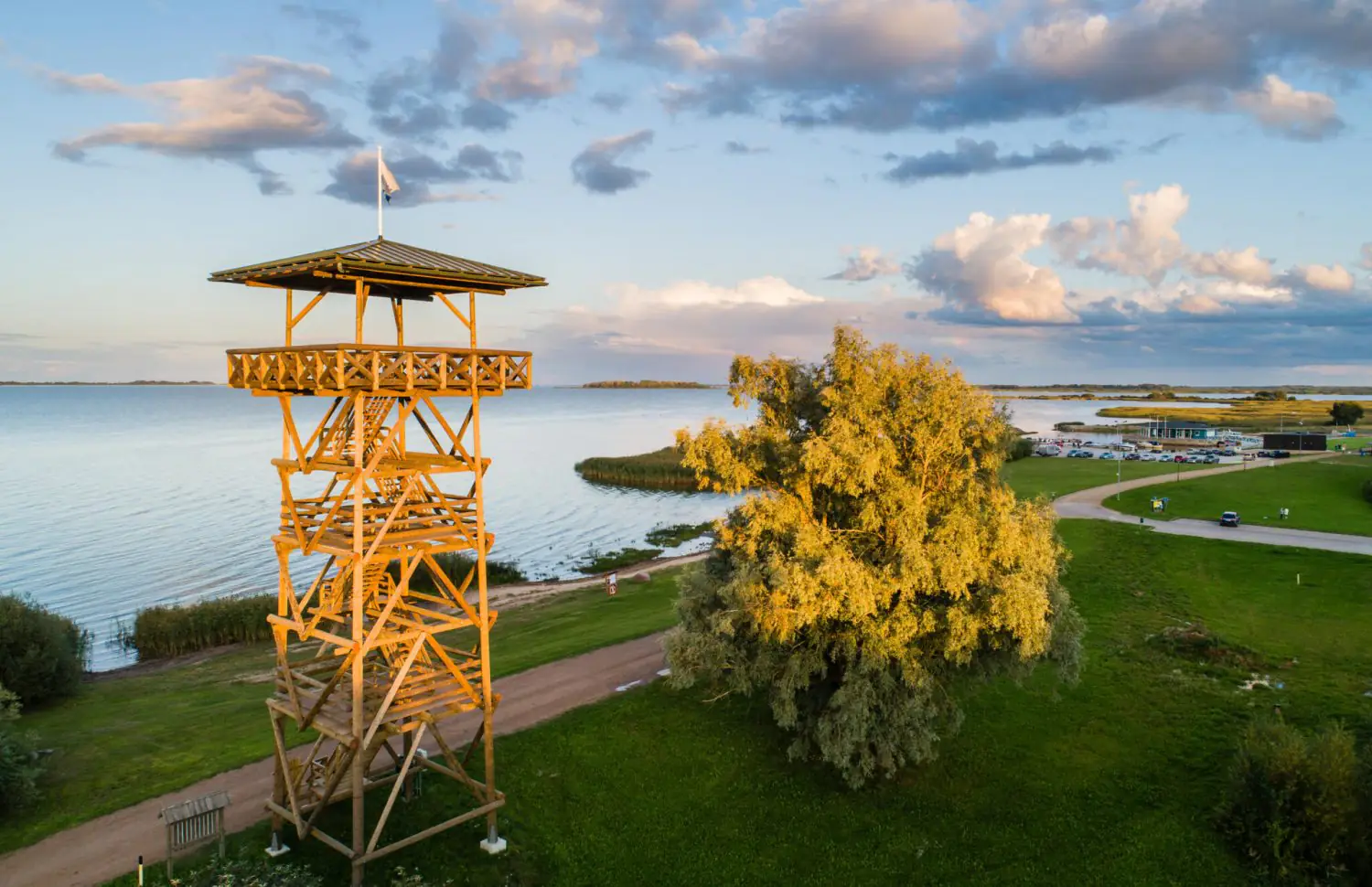
rapinasadam.ee
Why you should see it: part of the festival is The Estonian timber construction heritage week. It will include a conference and a competition of the best wood house projects: experts from all over the world will take part in the evaluation of the projects. Visitors will be able to take part in workshops and seminars where experts will give valuable advice on how to build a house and renovate it in an environmentally friendly way, as well as offer opportunities to improve their own building skills.
Street art Festivals and Exhibitions
What: two events entirely dedicated to street art.
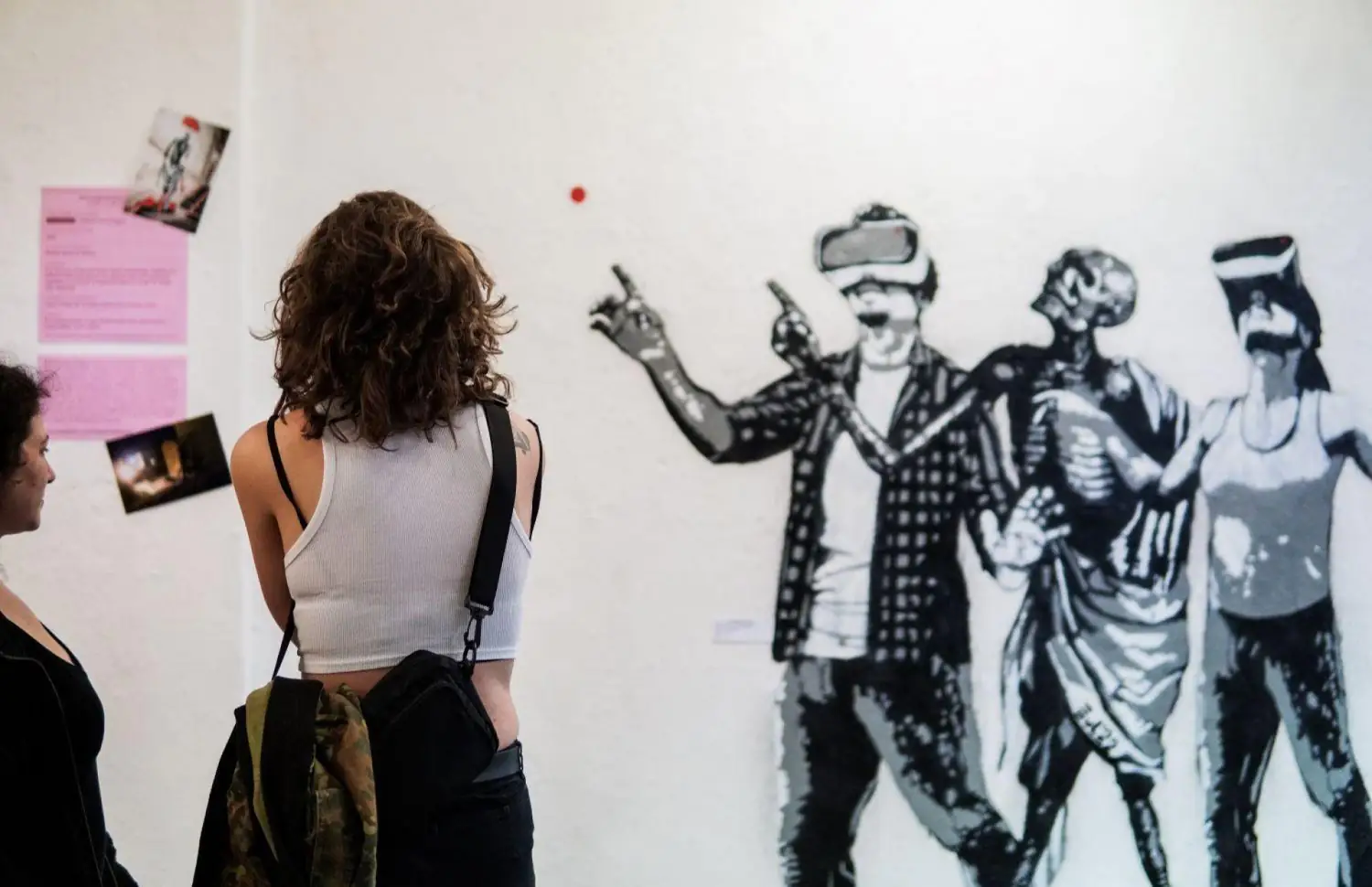
tartu2024.ee
Why you should see it: there are two big events dedicated to street art in Tartu. The first is Hello Mister Police Officer, an exhibition of Tartu street artists as part of the Stencibility festival. For the last two years the exhibition has toured outside Estonia—in Berlin and Aberdeen, Scotland. It includes works by KAIRO, Edward von Lyngus, Stina Lik, GUTFACE and other notable representatives of the local street art scene. The aim of the event is to show that outstanding works of street art can be found not only in big cities like New York and London, but also in cities like Tartu.
The second event is Rural Urban Art, a street art festival in the town of Elva, 30 kilometers from Tartu. Estonian and foreign artists will paint nine walls of an art gallery, organize a street art youth camp for locals and young people from Ukraine, as well as tours of the city of Elva, where you can learn more about street art.
“Culture Wednesdays” in Elva
Every Wednesday from June 27 through July 31 at 7:00 p.m.
What: cultural festival in Elva’s town center. The program includes concerts, poetry evenings and film screenings.
Why you should see it: it’s a good reason to visit and explore the central square of Elva, which was renovated in 2020 by several collectives (you can see their list here). The square is connected to Lake Arby and the coastal recreation area, where there is a fountain, deck chairs, hammocks, table tennis, outdoor chess and a playground. The project has won two important national prizes: The Annual Award of the Cultural Endowment of Estonia in architecture for Landscape Architecture 2020 and The Annual Award of The Estonian Landscape Architects’ Union in the Category of Town Center.
Anton Starkopf’s Sculpture Garden
July 27 — August 9
What: an art project in the home garden of artist and director of Pallas Art School Anton Starkopf.
Why it’s interesting: Anton Starkopf was one of the founders of the Pallas School of Art and its director in 1929–1940. The Tartu Festival is not only an opportunity to stroll through his garden under the shade of old apple trees, but also to get a closer look at his house—a modernist building from the 1930s with a relief of a couple embracing above the main entrance.


